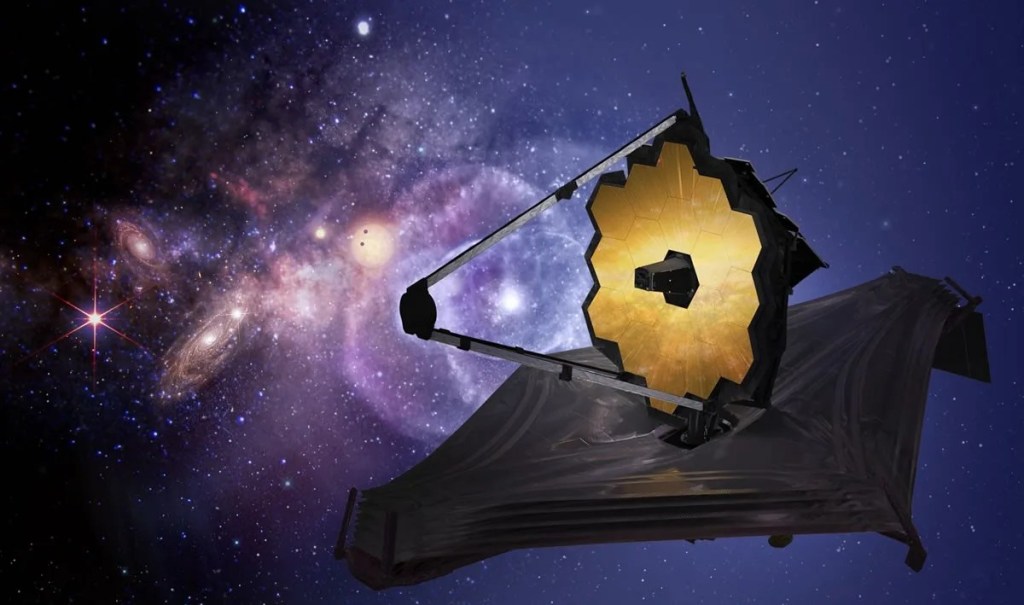Bad news on the space telescope front:
Hubble funding cut (MSNBC)
Now I realize that nothing lasts forever and all good things must end and all that crap, but there must be a better alternative to simply destroying it.
It would be fine poetic justice if the last mission of the last space shuttle flight were to be the retrieval of Hubble for the Smithsonian Institution.
This isn't as complicated as it sounds. The launch/service cradle for HST is still in storage, in Huntsville, Alabama, IIRC (those space geeks never throw anything away). HST is well within the reentry weight limit for the shuttle--it would have to be, in order to have been safely launched in the first place. Such a mission would not be signifigantly more expensive than a normal maintainence mission, and maybe a bit cheaper. It wouldn't be signifigantly more complicated than a normal servicing mission. The hard part would be securing it in the cargo bay.
Studying Hubble after retrieval might give engineers new insights in designing and building vehicles for long-term space endurance. The mission itself would fire the enthusiasm of a new generation as they watch astronauts (a skeleton crew of volunteers) do something REALLY exciting instead of flying aimlessly in a circle watching ants sort screws in zero-g.
Dangerous? Sure. Anything worth doing is inherently dangerous on some level. The more dangerous, the better. Pointless? Who can say? Chances are that our grandchildren or great-grandchildren won't think it's so pointless when they see THE Hubble Space Telescope hanging in the Air and Space Museum instead of some cheezy copy. It's like the difference between THE Spirit of Saint Louis and a convincing reproduction.
In fact, I'm going to write a letter to Senator Barbara Mikulski right now! Who's with me?
Kevin
Hubble funding cut (MSNBC)
Now I realize that nothing lasts forever and all good things must end and all that crap, but there must be a better alternative to simply destroying it.
It would be fine poetic justice if the last mission of the last space shuttle flight were to be the retrieval of Hubble for the Smithsonian Institution.
This isn't as complicated as it sounds. The launch/service cradle for HST is still in storage, in Huntsville, Alabama, IIRC (those space geeks never throw anything away). HST is well within the reentry weight limit for the shuttle--it would have to be, in order to have been safely launched in the first place. Such a mission would not be signifigantly more expensive than a normal maintainence mission, and maybe a bit cheaper. It wouldn't be signifigantly more complicated than a normal servicing mission. The hard part would be securing it in the cargo bay.
Studying Hubble after retrieval might give engineers new insights in designing and building vehicles for long-term space endurance. The mission itself would fire the enthusiasm of a new generation as they watch astronauts (a skeleton crew of volunteers) do something REALLY exciting instead of flying aimlessly in a circle watching ants sort screws in zero-g.
Dangerous? Sure. Anything worth doing is inherently dangerous on some level. The more dangerous, the better. Pointless? Who can say? Chances are that our grandchildren or great-grandchildren won't think it's so pointless when they see THE Hubble Space Telescope hanging in the Air and Space Museum instead of some cheezy copy. It's like the difference between THE Spirit of Saint Louis and a convincing reproduction.
In fact, I'm going to write a letter to Senator Barbara Mikulski right now! Who's with me?
Kevin








Comment